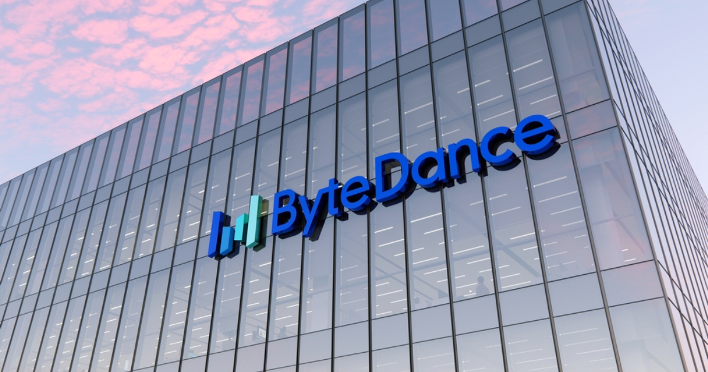Check also: Nigeria To Build A $2.4billion Lagos Red Line Rail Project
Funded partly by the Japan Bank for International Cooperation through the Development Bank of Angola, the cable system is expected to be operational in 2018, the companies said in a statement.
The South Atlantic Cable System is a unique one that will link Angola to Brazil and the rest of the world, creating a totally new route in the southern hemisphere, said Antonio Nunes, CEO of Angola Cables, in a prepared statement.
Toru Kawauchi, general manager at NEC’s Submarine Network Division, described it as “an epoch-making cable,” according to TotalTele.
It will connect Angola’s capital Luanda to the Brazilian city of Fortaleza, enabling data transmission between them. From Fortaleza, the network can be connected to another cable system which stretches to Miami, Florida, enabling Angola and Africa to connect directly with the U.S., Reuters reported.
- Fiber Optic Cable 1
- Fiber Optic Cable 3
- Fiber Optic Cable 4
- Fiber Optic Cable 5
Angola Cables is a telecommunications fiber optic cable operator formed in 2009 and owned by the major Angolan telecommunication companies.
NEC Corporation is a Japanese multinational IT provider for businesses, communications service providers and government agencies. It has also been the biggest PC vendor in Japan since the 1980s.
“Our main objective is to improve the quality of communication between Africa and the Americas, creating a completely new route in the southern hemisphere,” Nunes said.
Africa was left out of earlier undersea cable building booms around the world, according to Eric Forden with the United States International Trade Commission, or USITC.
Although the emergence and growth of the Internet in the late 1990s stimulated large-scale construction of undersea cables in many parts of the world, sub-Sahara was largely ignored.
The U.S. International Trade Commission is an independent, U.S. federal agency that provides trade expertise to the legislative and executive branches of the U.S. government.
Between 2009 and 2012, seven fiber-optic undersea cable systems were installed on the seabed of sub-Saharan Africa, Forden wrote in a June, 2015 report in USITC..gov.
While many hoped these cables’ telecommunications transmission capacity would stimulate demand for Internet and promote economic growth in the region, several factors will likely restrain demand among the general population, Forden said, at least in the near term.
These include low per capita income, low levels of computer or smartphone ownership, and poor-quality domestic networks.
Instead, the main beneficiaries of sub-Saharan Africa’s cables will likely be large domestic companies and multinational corporations operating in Africa.
What is undersea Fiber Optic Cable?
Undersea cables are a critical part of the global telecommunications infrastructure. They consist of strands of fiber optic cable surrounded by a protective covering used to connect the land-based telecommunications networks of countries separated by large bodies of water.
The cables are laid on the seabed stretching between the countries’ coastal landing stations. Undersea cables offer very high levels of data transmission capacity or bandwidth and transport 95 percent of international telecommunications traffic, according to Forden.
Until 2009, the west coast of Africa was served by a single, older-generation undersea cable called SAT-3. More than $3 billion flowed into the construction of undersea cable networks around Africa during 2007 to 2012.
Forden said international bandwidth demand in sub-Sahara will likely grow fast over the next few years, albeit from a low base. In the near term, however, such demand will likely not derive from sub-Sahara’s general population, but instead from large domestic companies and multinational corporations. That’s because large companies have a strong demand for international services and are located in major cities, which typically have more extensive local networks.
Large companies also have the funds to lease local network facilities, which are typically expensive due to a lack of competition.
Source: Reuters
Check also;
- Morocco is building the largest concentrated solar power plant in the world
- Ethiopia announced plans to build a 4 billion mega airport
- Dubai Is Building Underwater Luxury Homes
Please use the button below to contribute to Newslex Point, Inc. using a credit card or via PayPal.

 Newslex Point News in Uganda, Uganda news
Newslex Point News in Uganda, Uganda news

















